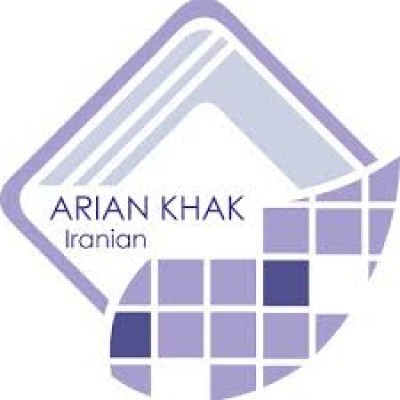Geotextile
or commonly called industrial felt, is a permeable sheet of geosynthetic products that looks like a (thin) carpet.
Geotextile fabrics are produced from polyester and polypropylene fibers and are woven. Woven) and non-woven (Nonwoven) are available in the market.
This product, in proximity to the soil, has the ability to separate, filter, strengthen and protect, and is usually produced by methods such as needling, thermal or chemical. And they have a felt-like structure without texture.
They do not hit. These fibers are produced in construction projects for leveling and geotextile or industrial felt in the form of rolls in different colors and weights and are sold by the kilo or meter (meaning the same as a square meter). Its "polymer" material does not decompose in the soil and for many years, it causes water drainage, strengthening of materials and protection of moisture insulation such as geomembrane. The general classification is divided into two categories, woven and non-woven. Non-woven geotextile (non-woven geotextile) The term non-woven geotextile refers to a sheet or fabric that has a network structure that is interconnected. The tension of the fibers is connected to each other. Nonwoven geotextiles are multipurpose fabrics that look almost like felt from a distance. The main function of this product is filtration and separation. This type of geotextile is often used for civil engineering projects to improve soil properties. When regional soil is weak, nonwoven geotextiles can make it more manageable. In fact, non-woven geotextile makes a problematic area usable. In non-woven geotextile, fibers with short cuts are interwoven with each other, that is, a mass of fibers using chemical, thermal or mechanical bonding of needles. (Needlepunch) or a combination of this method are connected. This characteristic makes them more resistant to tearing than woven felt because the force is involved with more fibers. Another method that exists in the production of non-woven geotextiles is the calender method (heat press), which is applied to the product. The product resulting from this method is called soil filter. Compared to non-woven geotextile, the soil filter has superior mechanical properties and most importantly, it has the ability to pass selectively, which means that unlike geotextile, in projects such as roof gardens, the soil filter prevents the passage of soil. becomes soil and in return it easily directs and removes water.
Non-woven geotextile is used in most construction projects
Production and distribution of geotextile at a great price
Insulation of agricultural ponds throughout Iran
r\nProduction of geotextile with different weights in Shiraz
For information, contact our sales experts in Arian Khak Iranian.

| Company | آرین خاک ایرانیان |
|---|---|
| Tel | +98 21-8×××9861, +98 21-8×××9862, +98 21-8×××5043 |
| Mobile | +98 912×××4952 |
| Whatsapp link | |
| Instagram page | |
| Website | https://geokhanjani.com/ |
| Country | Iran |
| Province | Tehran |
| Address | تهران ، یوسف آباد ، خیابان جهان آرا ، خیابان 27 ، پلاک 67 ، طبقه 3 ، واحد 5 |
| Postal code | 1438895388 |